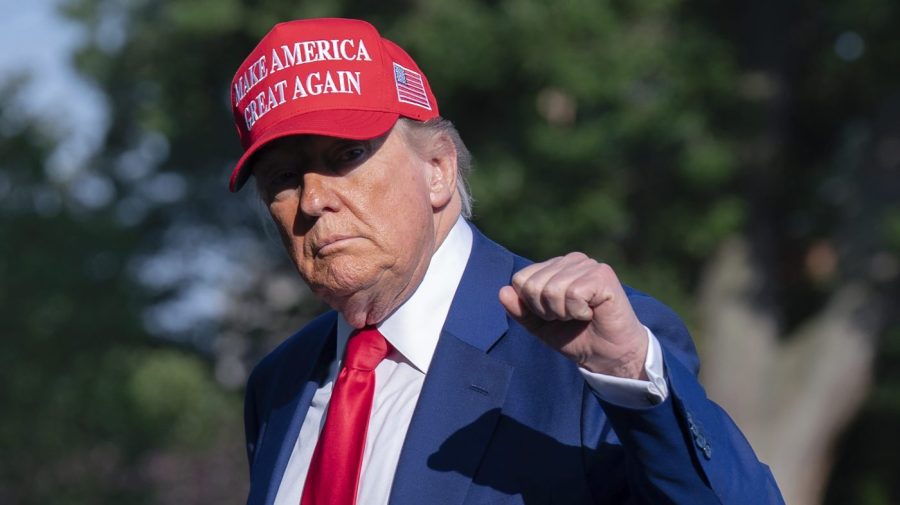
With the signature policy bill of President Trump’s second term hanging in the balance, the administration launched a full-scale effort to ensure its passage. The week was marked by late-night meetings, strategic phone calls, and a blend of stern and cordial discussions aimed at winning over skeptics of the One Big Beautiful Bill Act.
Sources close to the White House highlighted Trump’s dominance within the Republican Party, noting the political risks of opposing him. Yet, they also emphasized the assurances made to lawmakers, suggesting that it wasn’t merely threats that secured the necessary votes. The bill passed the Senate on Tuesday and the House on Thursday, with Trump expected to sign it into law on Friday.
Trump’s Influence and Strategy
The path to passage was arduous, involving significant negotiations in both chambers. The House passed its initial version in May, but the Senate required extensive haggling, particularly over Medicaid cuts and national debt concerns. The process even saw Republican Senator Thom Tillis announce he wouldn’t seek reelection after opposing the bill, highlighting Trump’s enduring influence over the party.
Vice President JD Vance played a pivotal role in securing Senate votes, attending GOP lunches and engaging with key swing votes like Sen. Lisa Murkowski. Her eventual support came after what she described as an “agonizing” decision.
House Negotiations and Final Passage
After passing the Senate, the bill returned to the House, where White House officials focused on convincing conservative and moderate Republicans. Trump and Vance hosted a meeting at the White House, easing some conservatives’ concerns. Rep. Tim Burchett described Trump as “wonderful as always,” while Rep. Ralph Norman was persuaded after receiving assurances of executive actions on certain issues.
Despite these efforts, the bill’s fate remained uncertain due to procedural hurdles and opposition from some Republicans. Prominent Trump allies publicly urged party unity, with Jason Miller posting on social media, “If you vote with the Democrats, you’re not voting with the Republicans.”
“His numbers are stronger than ever before with the Republican base. Republican voters are happier with him now than ever before,” a Trump ally told The Hill.
Ultimately, the House adopted the rule in a 219-213 vote, paving the way for the final vote, which passed 218-214. House Minority Leader Hakeem Jeffries held the floor for over eight hours in opposition, setting a record for the longest speech.
Implications of the Legislation
The bill extends the tax cuts from 2017 and introduces temporary cuts on tipped and overtime wages. It also provides additional funding for border security, allowing for aggressive deportations and increased enforcement at the southern border.
However, the legislation also includes cuts to Medicaid and the Supplemental Nutrition Assistance Program (SNAP), aiming to offset spending. These cuts have sparked concern among Republicans and outrage from Democrats, who warn of potential health insurance losses and rural hospital closures.
A Quinnipiac University poll showed 55% of voters opposed the bill, while a Fox News poll found 59% opposition.
White House officials remain optimistic, arguing that the bill will gain favor as voters become more informed about its contents. “As the public learns about the pieces of the legislation and the Republican Party educates the voters on what is actually in the bill, you will see an overwhelming political boon for Republicans,” a senior official stated.
Looking Ahead
The One Big Beautiful Bill is poised to be a defining achievement of Trump’s second term, particularly if Republicans lose control of Congress in the upcoming midterms. As the political landscape shifts, the administration’s ability to navigate these challenges will be crucial in shaping the bill’s legacy.







